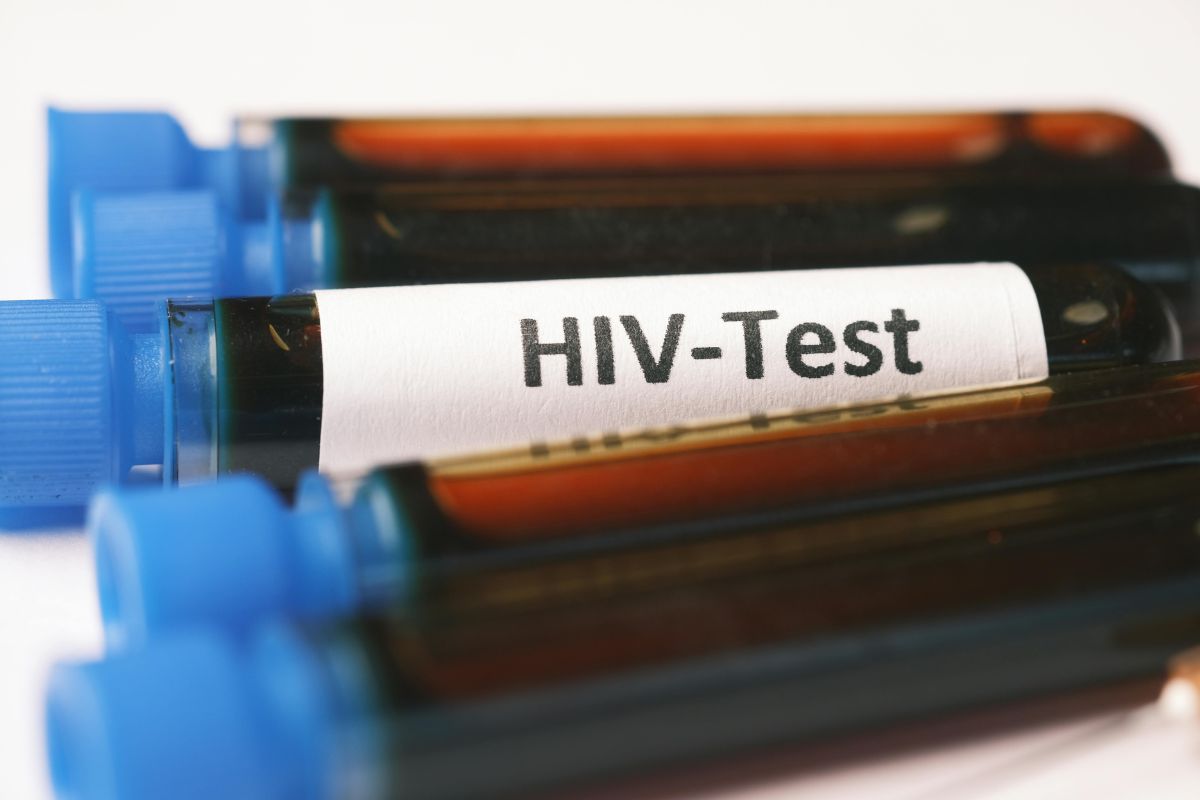
Uganda’s victory lap: how the nation conquered AIDS
Uganda has slashed AIDS-related deaths by 64 % and new HIV infections by nearly 60 %. This is a nation turning the tide.

I grew up hearing stories of fear as AIDS ravaged families, but today Uganda AIDS Commission (UAC) is sharing data that reads like triumph.
At a parliamentary briefing on 15 October 2025, Tom Etti, Director for Partnership at UAC, reported a sharp drop in AIDS-related deaths from 56 000 in 2010 to 20 000 in 2024. That is a 64 % reduction.
New HIV infections over the same period fell from 96 000 to 37 000. What gives me hope is not just the numbers but the story behind them: communities mobilised, medication scaled up, and a nation said “enough”.
The tight 95-95-95 checkpoint nearly reached
Uganda’s response shows serious strength: 94 % of people living with HIV know their status, 90 % are on antiretroviral therapy, and 96 % of those on treatment are virally suppressed.
It means for most people diagnosed, the disease is manageable and not the looming threat it once was. More than 1.4 million Ugandans now receive ART.
This performance puts Uganda on the cusp of epidemic control, with UAC saying the country is “close to 95-95-95”.
Why conquering HIV matters
When deaths fall and infections sink, lives get a chance to flourish. Children go to school. Families stay whole. When the majority of people living with HIV are virally suppressed, they cannot pass the virus on.
Uganda’s success means fewer families shattered, fewer orphaned children, and more people staying healthy and productive.
It also means the country can plan for a future that isn’t dominated by HIV. UAC is banking on that by pushing a roadmap to fund HIV response domestically by 2030. That’s the kind of change that echoes through communities.
The road ahead – pockets of focus, power of hope
There are still hotspots. Urban districts like Wakiso carry heavy burdens – 180 300 people living with HIV and 3 950 new infections in the year to December 2024.
Young girls are twice as likely as boys to become newly infected. Mother-to-child transmission remains too high. These are reminders that victory isn’t done until it’s all done.
But the pulse of progress is there. Ask yourself: what if other countries captured this faith and focus? Uganda’s story shows what a national commitment looks like.
So let Uganda’s triumph remind you: we can beat this. Every test, every treatment, every life saved counts, and if Uganda can do it, so can the rest of us.
